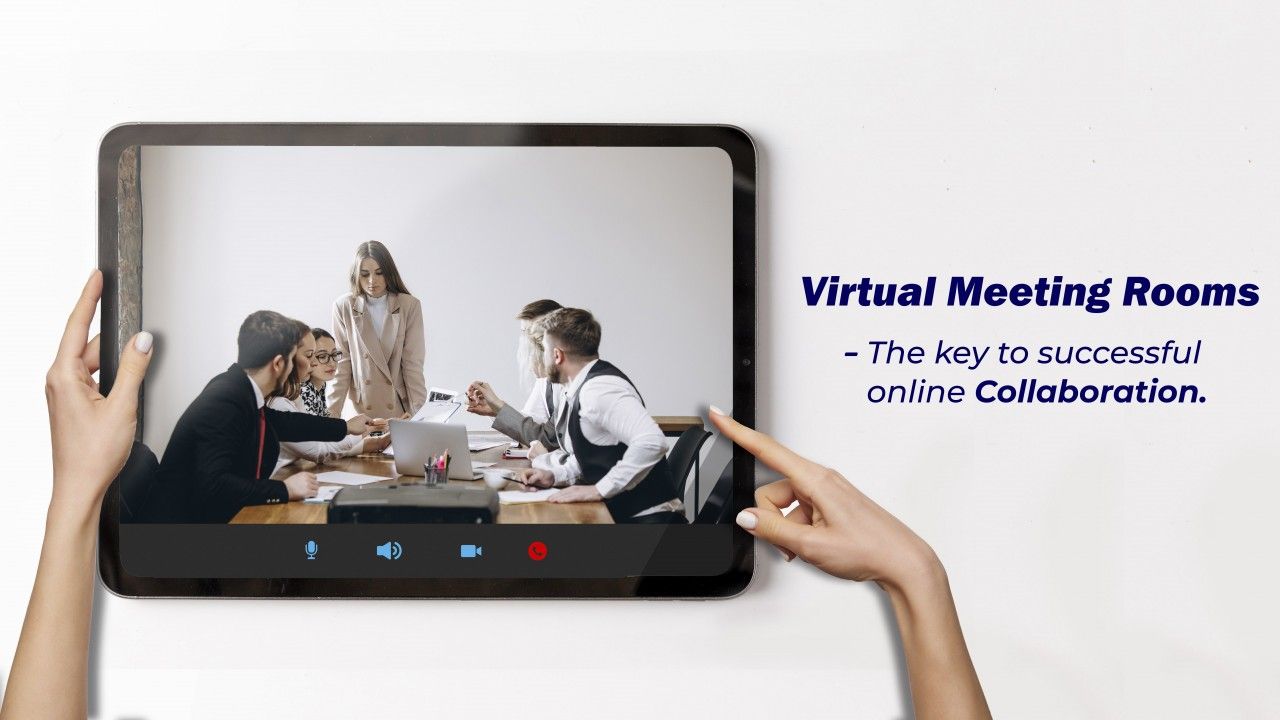The success of every corporate training program boils down to what they see in their Return on Investment (ROI) matrix. To understand how this matrix works and how companies assess whether their training is really working or not let's take a look at the globally recognized method of evaluating the same- The Kirkpatrick Approach.
In short ROI of training is dependent on how well employees learn and apply what they have been trained on in their work. But this does not always happen as most training programs in organizations are one-off training events that are mostly focused on certification. Employees tend to do all their coursework in one go and attend exams right after the training. While they may clear the exams and get certified, it is not always the best way to sustain the knowledge gained and keep applying it for all the situations going forward.
According to a study conducted on interval learning in Bite-sized portions it was found that the retention of new information degrades rapidly unless it is reviewed in some manner. Studies prove that the participants forget 24% of new information within the first hour & 56% within 3-8 days after training. This speaks for itself that learning must be a continuous process because the human brain is not designed to retain information after just reading/learning once.
Why do we forget & how spaced repetition can be of help?
Do you remember the main headline in today's newspaper? Well, of course you would!
But what about the one you read say 3 days back, do you remember it? Mmmhh… not really, isn't it?
You don't have to worry, you aren't alone here.
But why does this happen?
This happens because the human brain is not designed to retain information after just reading/learning once. To give you a better idea, let us compare the process of learning & memorizing to constructing a wall.
Let us assume each brick you place on the wall to be the materials you learn. For the wall to be strong, you need to give adequate time for the brick & mortar to solidify and you cannot expect the wall to be strong right after it has been built.
The same is the case with learning, you need to space your learning adequately and take it slow and steady to facilitate knowledge retention.
In short, learning must be a continued process and for effective long-term learning you need more than just a one-off training event because as said the human brain is not designed to retain information after just reading/learning once.
Ebbinghaus forgetting curve – The explanation to why we forget
Hermann Ebbinghaus, a German psychologist was the first to scientifically analyze memory. After years of research, he came up with what is today known as the Ebbinghaus curve or the Forgetting Curve. According to this, with time we are likely to forget information which we have not used or recalled.
In a study conducted by researchers at the University of California-San Diego, it was estimated that an average human brain is bombarded with information equivalent to 34 GigaBytes of information. If you were to store 34 GigaBytes of information daily to your computer, how long do you think it would take before the storage runs out?
34 GigaBytes daily for a year, that is about 1 TB of data! So how does our brain handle this huge amount of information?
Though the brain processes 34 GigaBytes of information each day, not all this information is absorbed by the brain. Only the important information is retained.
For instance, do you remember your 16-digit credit card number? No, right? That's because it is easier for your brain to remember the 4-digit PIN than the 16-digit card number. Also, you don't really have to remember the 16-digit card number, right?
And the 4-digit PIN, your brain would forget it, if you don't use it for a long time because when you do not use an information for a long time, your brain forgets it to save space. That is how the brain saves itself from getting overloaded.
To summarize, your brain only retains that information that is being refreshed occasionally. This is what spaced repetition in learning is all about. By incorporating spaced repetition in learning the focus is shifted to long-term retention of new information.
Benefits
By incorporating spaced repetition in your training courses, you get a better shot at making your learners better remember what they have been trained on. One way to do this is to sprinkle the training material across the course.
For instance, if you were to conduct a training on occupational safety instead of covering OSHA compliance in one module, you can split it up and state it at the beginning, mid and towards the end of your sessions. By repeating the concept more than once during training ensures that your learners better remember it.
The role of an LMS in spaced repetition
As always, an LMS can be a lifesaver in incorporating spaced repetition in your training programs. By having an LMS with features such as drip feeding, you can schedule the delivery of content to your enrolled users so that they do not get all the content at once rather deliver the content in periodic intervals in a structured manner. Feature rich LMS platforms would also let you automate course delivery in a periodic manner or set rules for course delivery.
To conclude
As said initially, in today's fast paced environment every training must be focused on upskilling your workforce. But what is the whole point in investing thousands of dollars for training, if your employees forget what they have been trained on without applying them?
Which is why it is important that organizations embrace the spaced repetition theory in training & and invest on the right LMS that lets you drip feed course contents.









